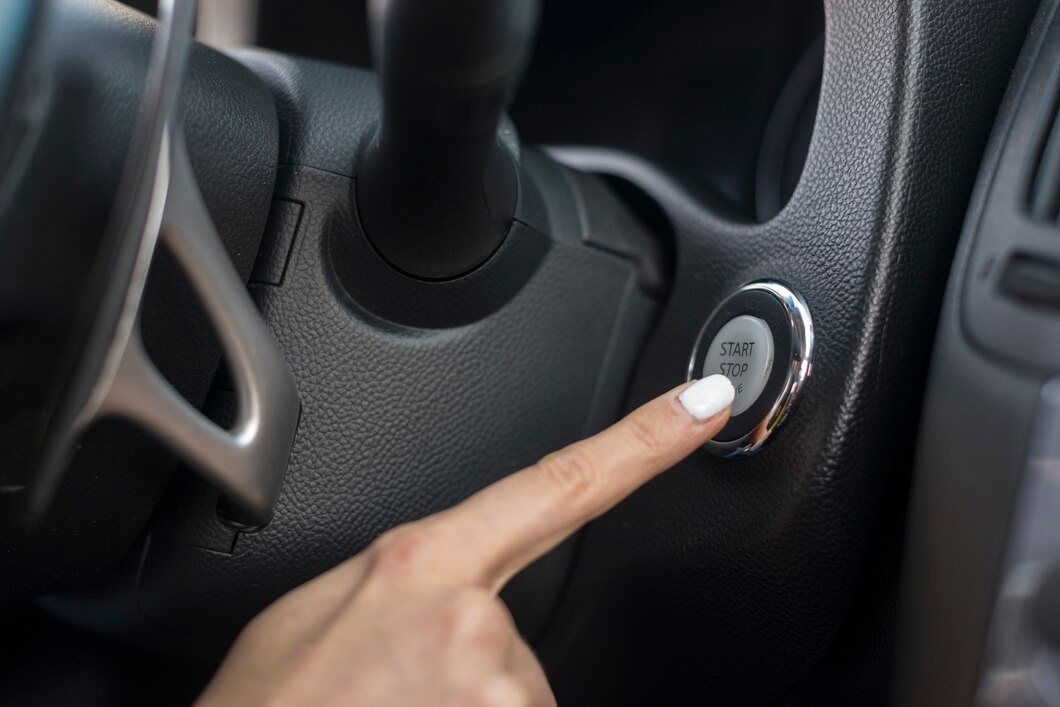The idle control valve, also known as the idle air control valve (IAC valve), is a critical component of your car’s engine management system. It regulates the idle speed of the engine by controlling the amount of air that enters the engine while the throttle is closed. A faulty idle control valve can disrupt engine performance, leading to rough idling, stalling, and other issues. Recognizing the early signs of a faulty idle control valve can help you address the problem before it escalates. Here are some indicators to watch out for:
1. Rough or Erratic Idle
One of the most common signs of a faulty idle control valve is a rough or erratic idle. You may notice that the engine idles inconsistently, surging up and down in RPM (revolutions per minute), or running too high or too low. This can result in a noticeable vibration felt throughout the vehicle.
2. Stalling
A faulty idle control valve can cause your engine to stall unexpectedly, especially when the vehicle is idling or coming to a stop. If you find that your car stalls frequently, particularly when you release the throttle or shift gears, it could be due to a malfunctioning idle control valve.
3. Difficulty Starting
A malfunctioning idle control valve can also make it difficult to start your car, especially when the engine is cold. You may need to crank the engine multiple times before it starts, or it may start but immediately stall. This can be frustrating and inconvenient, especially in cold weather conditions.
4. High or Fluctuating Idle Speed
Another sign of a faulty idle control valve is an abnormally high idle speed or fluctuations in idle speed. You may notice that the engine idles at a higher RPM than usual, even when the vehicle is stationary. Alternatively, the idle speed may fluctuate, rising and falling unexpectedly.
5. Poor Fuel Efficiency
A malfunctioning idle control valve can disrupt the air-fuel mixture entering the engine, leading to poor fuel efficiency. If you notice a significant decrease in your car’s fuel economy, accompanied by other symptoms of idle control valve failure, it’s worth inspecting the valve for potential issues.
6. Check Engine Light
In some cases, a faulty idle control valve can trigger the check engine light (CEL) on your dashboard. The onboard diagnostic system may detect abnormal engine idle conditions or other related issues and illuminate the CEL to alert you to a potential problem. If the CEL is illuminated, it’s essential to have your vehicle diagnosed by a professional mechanic to determine the exact cause.
7. Hissing or Whistling Noise
A vacuum leak caused by a faulty idle control valve can produce a hissing or whistling noise under the hood. This noise may be more pronounced when the engine is idling or when you accelerate. If you hear unusual sounds coming from the engine bay, it’s worth investigating for potential vacuum leaks and idle control valve issues.
The idle control valve plays a crucial role in maintaining smooth engine operation at idle. If you notice any of the early signs mentioned above, it’s essential to have your car inspected by a qualified mechanic. Ignoring a faulty idle control valve can lead to further engine problems and potentially costly repairs down the line. By addressing the issue early on, you can ensure that your vehicle runs smoothly and reliably.











